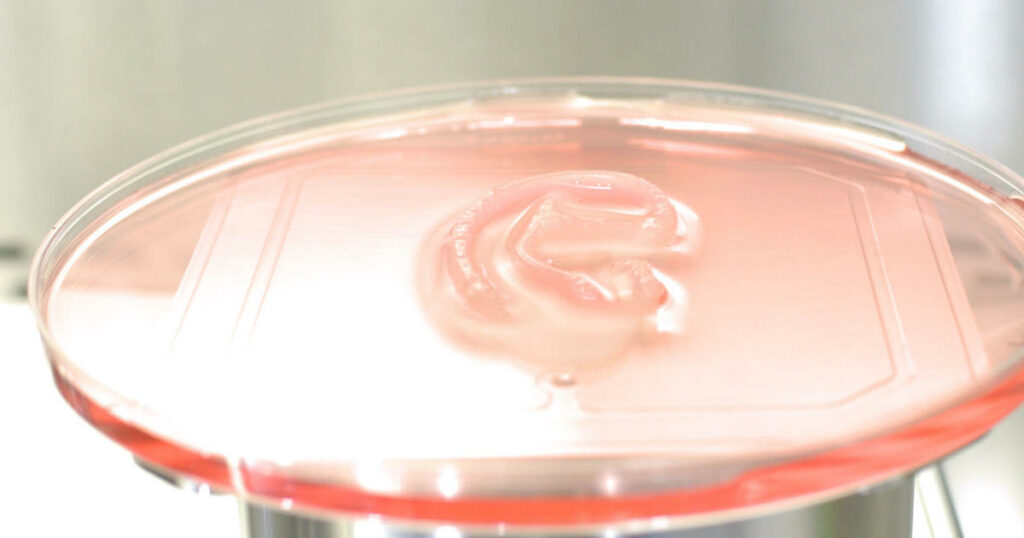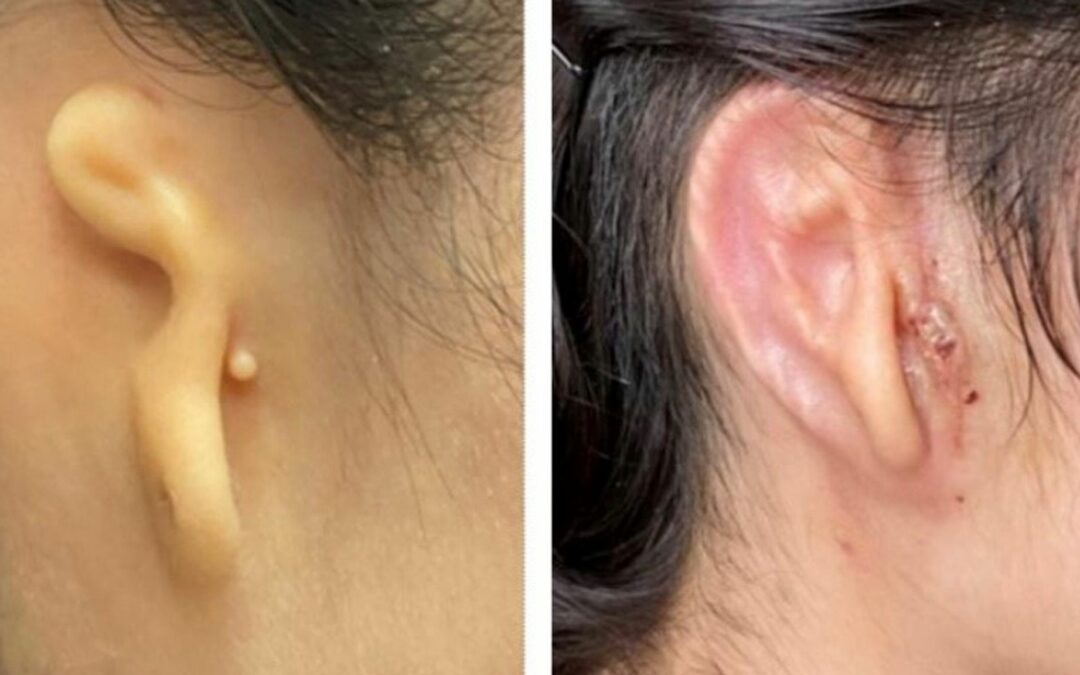3DBio Therapeutics, the regenerative medicine business behind the implant, said today in a news release that doctors successfully transplanted a 3D-printed ear derived from human cells onto a lady born with a congenital ear malformation.
The transplant was part of the technology’s first clinical study, and its success is a significant step forward for tissue engineering.
The New York Times quoted Arturo Bonilla, the ear reconstruction surgeon who led the team performing the treatment, as saying, “If everything goes as planned, this will change the way this is done.”
Microtia, a disease in which one or both ears are underdeveloped or missing totally, affects about 1,500 babies born in the United States each year. The AuriNovo ear, a tailored tissue implant to replace the lost ear in these patients, is currently being tested in a clinical trial with 11 participants.
Microtia patients’ ears are usually made of rib grafts or synthetic materials. Instead, a biopsy of the patient’s existing ear is taken and cartilage cells are extracted in this experimental procedure. These cells are then cultivated and 3D printed into the patient’s ear form. The ear cartilage regenerates over the course of a patient’s life, and because it is created from their own cells, it is less likely to be rejected, according to the business.

So far, this year has been a watershed moment in transplant technology. Doctors performed a pig heart transplant on a patient in January, but the patient died a few months later. Other research teams are developing 3D-printed lungs and blood arteries. 3DBio Therapeutics executives told The New York Times that their method might be used to print other body parts like noses and rotator cuffs, as well as complicated organs like livers and kidneys in the future.
Ears are less complicated than organs, and unlike livers, they aren’t required for survival, so it’ll be a long path to that conceivable future. “But it’s more realistic if you have the ear,” Adam Feinberg, a Carnegie Mellon University professor of biomedical engineering and materials science and engineering, told The New York Times.

